7 Rare Species Making a Comeback in the US
The Gray Wolf and Evening Grosbeak are making their return.

As scientists declare that this past month may be the hottest ever recorded in the history of the planet, good news about the environment may seem to be an endangered species. But it’s out there. Thanks to the efforts of conservationists—and sometimes natural factors that experts can’t explain—several animals that once had almost disappeared from the planet have been staging a notable resurgence. These are seven rare species that are making a comeback in the United States right now.
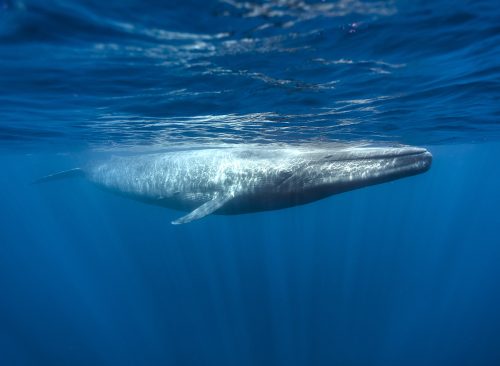
A few decades ago, blue whales had been hunted almost to extinction. But in recent years, the 200-ton sea creatures have become a “conservation success story, unlike any other,” KTLA reported in June. Although the species is still endangered, blue whales have regained about 97% of their West Coast population since whaling was banned in the ’70s. Factors that have helped: Conservationists reducing interactions between whales and large ships; and restrictions on fishing gear that once caused whales to become entangled.
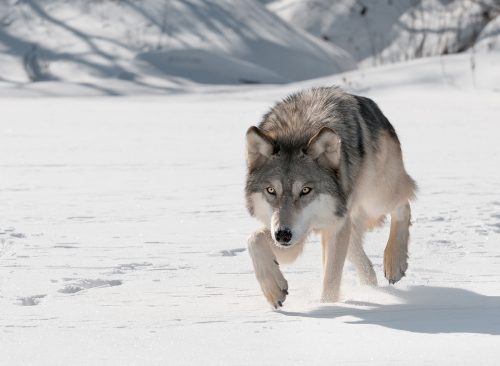
In the late ’70s, only seven gray wolves were known to exist in the United States, their population decimated by overzealous hunters. That small group was taken into captivity in hopes of preserving the species. In 2022, there were more than 200 gray wolves in the wild, a comeback that has been called stunning. “This milestone has been 25 years in the making,” said Brady McGee, U.S. Fish and Wildlife Service Mexican Wolf Recovery Coordinator, in a March news release. “To go from zero wild Mexican wolves at the start to 241 today is truly remarkable. In 2022, we recorded more packs, more breeding pairs, and a growing occupied range, proving we are on the path to recovery. These achievements are a testament to partner-driven conservation in the west.”
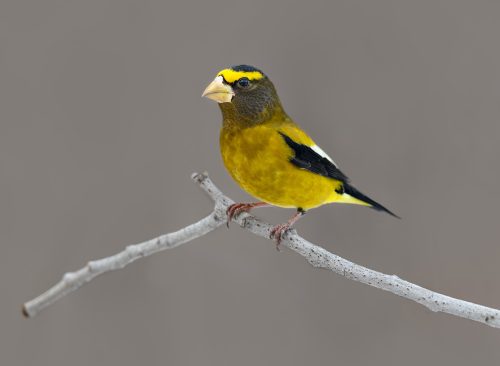
The beautiful bright-yellow bird saw its numbers decline 92 percent in the U.S. since 1970, the steepest population decline of any land bird in North America. Experts aren’t sure why that happened, but recently, ecstatic birders have reported grosbeaks resurging in areas where they haven’t been spotted in years. In late 2020, Chicago-area birders reported the biggest irruption of grosbeaks in the area for half a century. And last November, “Birders as far south as the Outer Banks of North Carolina as well as in Virginia, Kentucky, southern Illinois, and southern Missouri documented Evening Grosbeaks in October and into November,” the National Resources Council of Maine reported. “Evening Grosbeaks have also been found at one the country’s birding meccas—Cape May, New Jersey—and around Washington, D.C., over the last few weeks.”

Last September, scientists discovered hatchlings of Kemp’s ridley sea turtle, the world’s smallest and most endangered sea turtle, on a small remote barrier island in Louisiana for the first time in 75 years. “Scientists and environmentalists are celebrating it as a major preservation success, especially considering the numerous hurricanes and environmental disasters that have wreaked havoc on the vanishing 50-mile-long island chain and its wildlife over the past decade or so,” PBS Newshour reported. The experts say it’s a sign that recent attempts to clean up the waters and preserve the eroding shoreline are working.
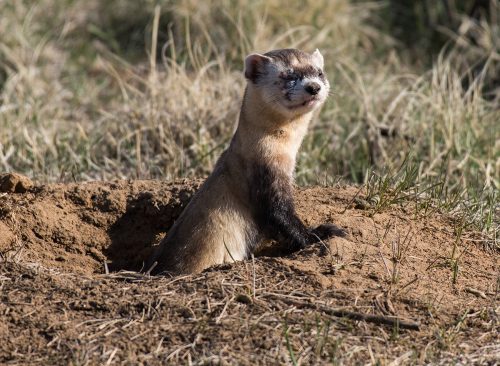
The black-footed ferret was once the rarest mammal in the world—it was actually declared extinct in 1980 before a small group was found the next year; only 18 were believed to exist in the U.S. in 1987. The animal was nearly wiped out by widespread hunting and extermination of the prairie dog, its main source of food. But scientists started a captive breeding program and began re-releasing them into national parks. They now number about 605, with nearly half in captivity. Experts want to boost the population to 3,000; their recovery in the wild would be evidence America’s grasslands are in good shape.
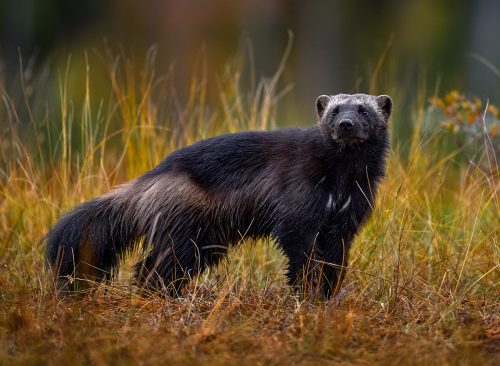
In the early 1900s, the wolverine had basically disappeared from the U.S., a victim of poisoning and Gold Rush-related fur trapping. But “in recent decades, environmental efforts have led to a resurgence which now includes an estimated 300 animals in parts of Montana, Idaho, Washington and Wyoming,” the Mountaineer reported last month. Last winter, California wildlife officers were gobsmacked to see a male wolverine loping through the snow in the eastern Sierra Mountains—only one had been seen in the area in the last 100 years. “It’s just really exciting and surprising,” said Daniel Gammons, a senior environmental scientist in California’s Department of Fish and Wildlife.
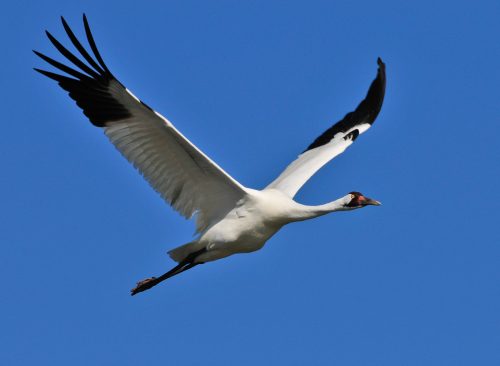
This noble, five-foot-tall bird was once in dire straits because of hunting and habitat loss: In 1942, only 16 were known to exist in North America. Conservationists got to work on hundreds of projects to restore their habitats and those of other wetland birds, and in recent years, the species has rebounded. Although still endangered, there are now about 500 in the U.S. A wildlife photographer described his reaction to seeing 57 cranes near a Nebraska river in late 2021—a record number: “I nearly buckled at the knees when I realized we might be witnessing the largest gathering of whooping cranes together on the Platte in a century,” wrote Michael Forsberg in a social media post.














